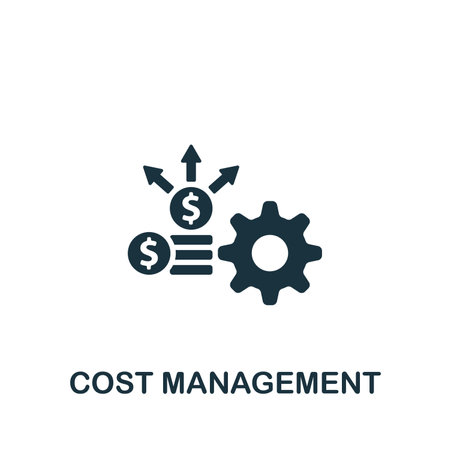Cost management is a critical aspect of any successful business operation. It involves the process of planning, controlling, and optimizing expenses to ensure that resources are used efficiently and effectively to achieve organizational goals. Effective cost management not only contributes to higher profitability but also enhances the competitiveness and sustainability of a business in today's dynamic market environment. Alibaba.com
I. Understanding Cost Components
To effectively manage costs, it is crucial to have a comprehensive understanding of the various components that make up the expenses of a business. These can be broadly categorized into two main types:
- Fixed Costs:
Fixed costs are expenses that remain constant regardless of the level of production or sales. These include items such as rent, salaries, insurance premiums, and depreciation. While fixed costs are necessary for the day-to-day operation of a business, they can also represent a financial burden if not managed efficiently.
- Variable Costs:
Variable costs, on the other hand, are directly tied to the level of production or sales. These expenses fluctuate as production levels change. Examples of variable costs include raw materials, labor, and direct overheads. Managing variable costs requires a keen focus on production efficiency and supply chain optimization.
II. Cost Control Strategies
A. Budgeting:
Budgeting is a foundational element of cost management. It involves creating a detailed plan that outlines expected revenues and expenses over a specific period. By comparing actual performance against the budget, businesses can identify areas where costs are exceeding projections and take corrective measures.
B. Activity-Based Costing (ABC):
ABC is a sophisticated costing method that allocates indirect costs to specific activities or processes based on their actual consumption of resources. This approach provides a more accurate picture of the true cost of producing a product or providing a service, enabling businesses to make informed pricing decisions.
C. Lean Management:
Lean management principles focus on eliminating waste and optimizing processes to improve efficiency. By identifying and eliminating non-value-added activities, businesses can reduce costs while maintaining or even improving the quality of their products or services.
III. Cost Reduction vs. Value Preservation
While cost reduction is a key objective of cost management, it's important to strike a balance between cutting expenses and preserving value. Indiscriminate cost-cutting measures can sometimes lead to a decline in product quality or customer service, which can have long-term negative impacts on the business.
Instead, businesses should adopt a strategic approach to cost management that emphasizes value preservation. This involves identifying areas where costs can be reduced without compromising quality or customer satisfaction. For example, leveraging technology to automate routine tasks can lead to significant cost savings while enhancing operational efficiency.
IV. Vendor Management and Negotiation
Effectively managing relationships with suppliers and vendors is a crucial aspect of cost management. By negotiating favorable terms, exploring bulk purchasing discounts, and periodically evaluating alternative suppliers, businesses can reduce procurement costs without sacrificing product quality.
V. Continuous Monitoring and Performance Metrics
Regular monitoring of key performance indicators (KPIs) related to costs is essential for effective cost management. These metrics may include:
- Cost of Goods Sold (COGS)
- Gross Margin
- Operating Expenses Ratio
- Return on Investment (ROI)
By closely tracking these indicators, businesses can quickly identify cost overruns and implement corrective actions.
Conclusion
In today's competitive business landscape, effective cost management is a cornerstone of success. By understanding the different components of costs, implementing strategic control measures, and balancing cost reduction with value preservation, businesses can enhance their profitability, competitiveness, and long-term sustainability. Through continuous monitoring and adaptation, cost management becomes a dynamic process that drives efficiency and profitability in a constantly evolving market environment. Visit official website grizzb.com

